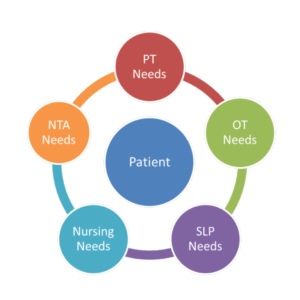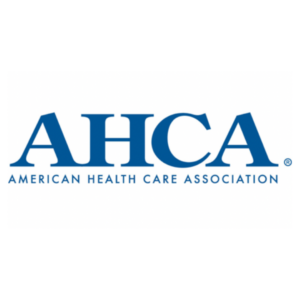Future cuts may realistically push SNFs over the edge (and into the red)
Provider groups have been saying this for years: Skilled nursing facilities cannot survive another round of cuts. (Actually, it’s usually stated more like this.) But how much of that statement is truth—and how much is hyperbole?
Well, the American Health Care Association (AHCA) commissioned a research firm to determine just how close to the abyss long-term care currently teeters. And the results are not encouraging.
Based on The Moran Company’s analysis of 2009 Medicare cost reports for free-standing nursing facilities, providers are operating on a .75 percent margin. That’s representative of more than 12,600 analyzed facilities.
While AHCA points out that this study reaffirms what past studies have argued—that nursing homes are already operating under razor-thin margins—it also means that threats of future cuts, payment adjustments to recoup increased revenue under RUG-IV, a two-year suspension of market basket adjustments, and sequestration under the Budget Control Act could cause many providers to operate at a loss. During a teleconference Wednesday, Mark Parkinson confirmed that negative margins would force providers to lay off workers, ultimately affecting the quality of care and services provided to nursing home residents.
The above-mentioned policy changes would twist SNF margins “from mildly positive to consistently negative” by as low as -3.1 percent over a 10-year projection, according to the Moran report. “[P]olicymakers will want to take cognizance of the fact that there is no way to guarantee that the spending reductions providers will make in an effort to restore profitability will result from productivity gains, rather than from real cuts in services.”
Moran’s finding of a .75 percent margin for 2009 conflicts with what the Medicare Payment Advisory Commission (MedPAC) reported in its 2011 report to Congress. “The aggregate total (all payer, all lines of business) margin for freestanding SNFs in 2009 was 3.5 percent,” according to that report. Moran did note the stark difference between both figures, but confirmed that .75 percent falls within MedPAC’s margin of error for its findings.
Moran also noted the very real possibility that the nursing home industry as a whole “might be able to weather reductions of this magnitude.” But the certainty of that estimation is far more unlikely than the threat of the reductions themselves.
“As policymakers contemplate the need for major deficit reduction initiatives,” the report read, “it would be prudent for nursing facility operators to assume that Medicare payments for nursing facility services may see further legislative and regulatory action over the next few years.”

Kevin Kolus wrote for I Advance Senior Care / Long-Term Living when he was an editor. He left the brand in 2012. He is now senior communications manager at Cleveland Clinic.
Related Articles
Topics: Medicare/Medicaid











